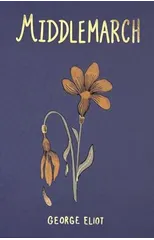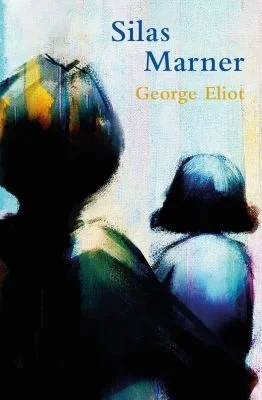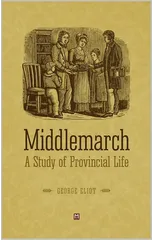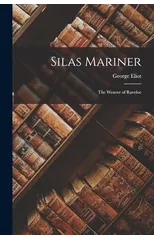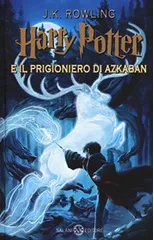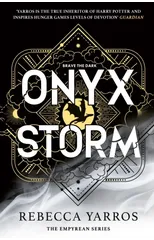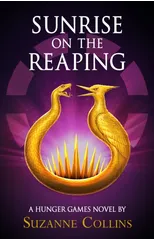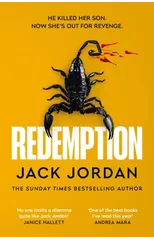Louie Marner George Eliot's third book is titled The Weaver of Raveloe. In 1861, it was published. The work, which appears to be a straightforward account of a linen weaver, is remarkable for its powerful realism and its complex handling of a range of subjects, including religion, industrialization, and community. The story takes place in the first decade of the nineteenth century. A weaver named Silas Marner belongs to a little Calvinist congregation in the Northern English slum district called Lantern Yard. While caring for the critically ill deacon, he is wrongly charged with embezzling money from the congregation. A pocket knife and the finding of the bag that once held the money in Silas' home both point to his involvement. Since Silas had handed William Dane his pocket knife just before the crime was committed, there is a strong suspicion that William has set Silas up. Silas and the others draw lots in the hope that God will guide the proceedings, but the results show that Silas is guilty. The intended spouse of Silas breaks off their union and chooses to wed William instead. Silas flees Lantern Yard and the city for an uncharted rural location since his life has been destroyed, and his heart has been broken.
George Eliot
George Eliot was the pen name of Mary Ann Evans, a prominent Victorian-era novelist known for her insightful and complex characterizations. Her most notable works include "Middlemarch," considered one of the greatest novels in the English language, and "Silas Marner," a poignant tale of redemption and community. Eliot's literary style is characterized by its psychological depth, moral complexity, and social commentary. She was a pioneer in the realist tradition, exploring themes of morality, religion, and human relationships in her writing. Eliot's contributions to literature include challenging traditional gender roles and societal norms, as well as expanding the scope and depth of the novel as an art form. Her work continues to be celebrated for its profound insights into the human condition and its enduring relevance in contemporary society.

